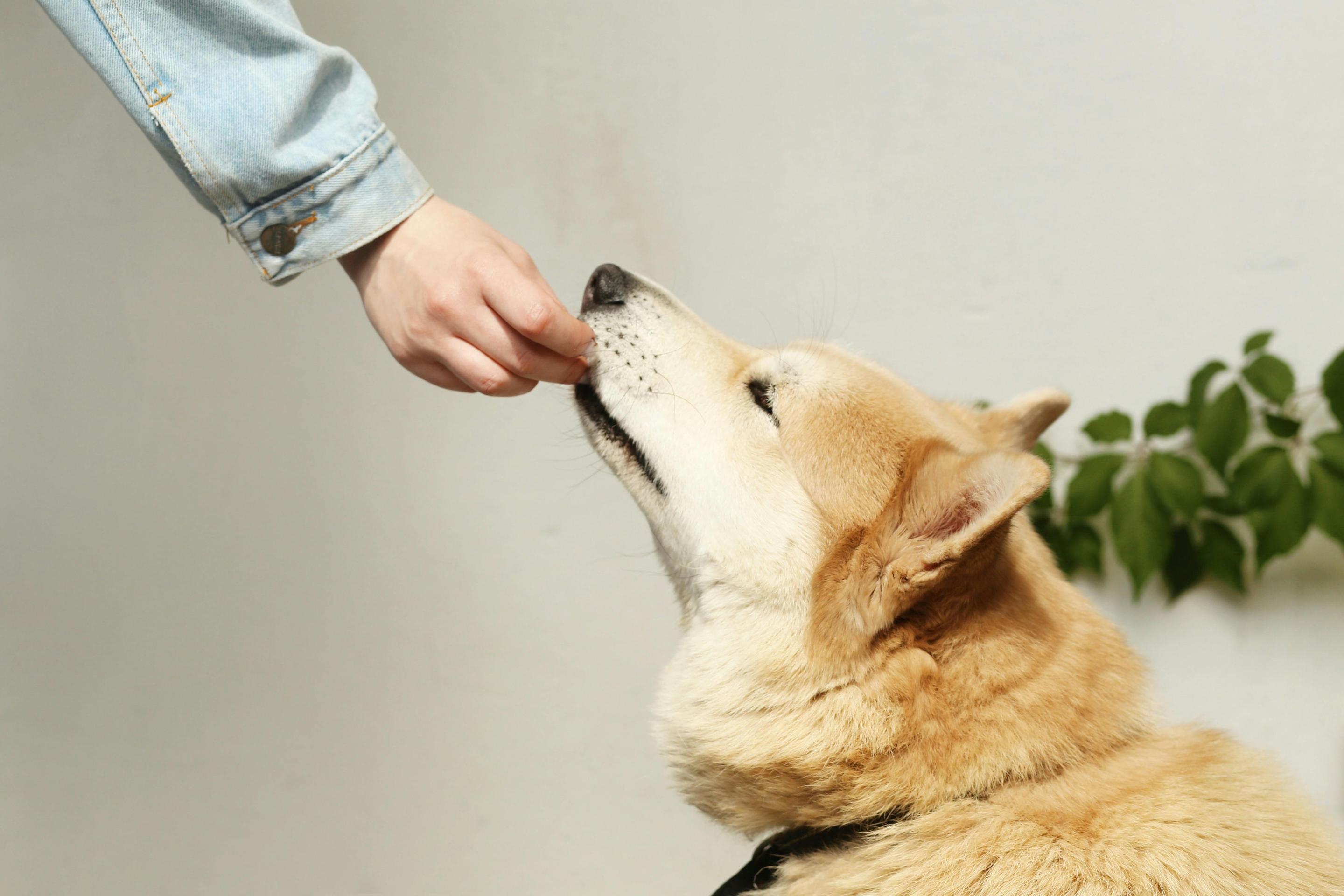Feeding your dog the right diet is essential for their overall health and well-being. With so many options available, it can be overwhelming to determine what’s best for your furry friend. At Ingleside Animal Hospital, we’re here to help you navigate the world of canine nutrition. Here’s a comprehensive guide on what to feed your dog.

1. Understand Your Dog’s Nutritional Needs
Dogs have specific nutritional requirements that vary by age, size, breed, and activity level. A balanced diet typically includes:
-
Proteins: Essential for growth and maintenance of body tissues. Look for high-quality protein sources like chicken, beef, fish, and eggs.
-
Fats: Provide energy and support cell function. Healthy fats, such as omega-3 and omega-6 fatty acids, are important for a shiny coat and healthy skin.
-
Carbohydrates: Supply energy and support digestive health. Whole grains like brown rice and oats, as well as fruits and vegetables, can be beneficial.
-
Vitamins and Minerals: Essential for various bodily functions, these should be included in a well-rounded diet.
2. Choose the Right Type of Dog Food
There are several types of dog food to consider:
-
Dry Kibble: Convenient and helps keep teeth clean. Look for brands that list meat as the first ingredient and have no fillers or artificial additives.
-
Wet Food: Often more palatable and hydrating. It can be mixed with dry kibble for added flavor.
-
Raw Diet: Some owners opt for a raw diet consisting of uncooked meat, bones, fruits, and vegetables. Consult your veterinarian to ensure it meets your dog’s nutritional needs.
-
Homemade Diet: If you prefer to prepare your dog’s meals, work with a veterinarian or a pet nutritionist to create balanced recipes.
3. Consider Special Dietary Needs
Some dogs may have special dietary requirements due to health conditions, allergies, or sensitivities. If your dog has specific needs, consult your veterinarian to find the best food options.
4. Portion Control and Feeding Schedule
Proper portion control is crucial for maintaining a healthy weight. Follow the feeding guidelines on the dog food packaging, but remember that these are just starting points. Adjust portions based on your dog’s activity level and weight.
Establish a consistent feeding schedule. Most adult dogs do well with two meals a day, while puppies may require three to four smaller meals.
5. Treats and Snacks
Treats can be a great way to reward your dog during training, but they should only make up about 10% of their daily caloric intake. Choose healthy options, such as:
-
Fruits: Apples (without seeds), blueberries, and bananas can be great snacks.
-
Vegetables: Carrots, green beans, and sweet potatoes are healthy choices.
Avoid harmful foods such as chocolate, grapes, onions, and garlic.
6. Hydration is Key
Always provide fresh, clean water for your dog. Proper hydration is vital for their health, especially if they eat dry kibble. Monitor their water intake and encourage drinking, especially during hot weather or after exercise.
7. Regular Veterinary Check-ups
Regular veterinary visits are essential for monitoring your dog’s health and nutrition. Your vet can provide personalized recommendations based on your dog’s age, weight, and health status.
If you have questions and you'd like to reach out to us, you can call us directly at (602) 833-7511, or you can email us at [email protected]. Don't forget to follow us on social media Facebook, Instagram.
